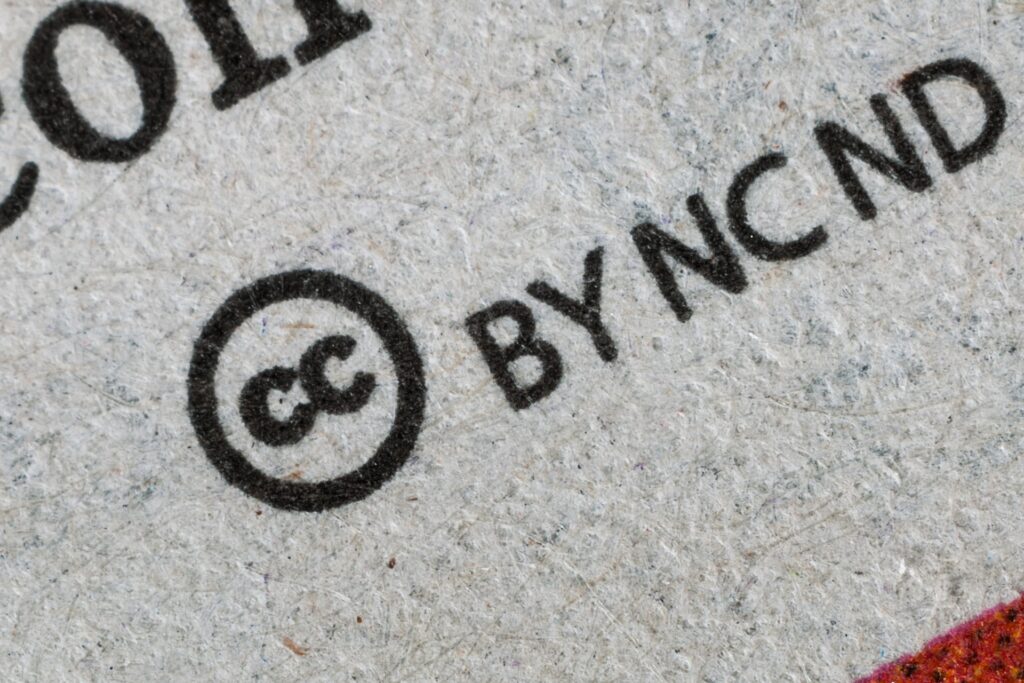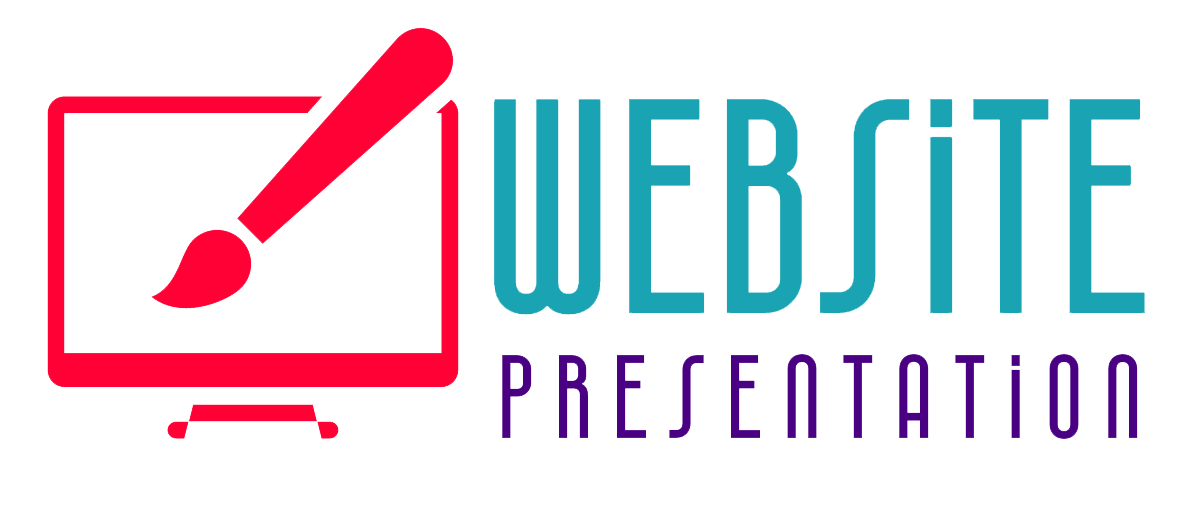Creating a visually stunning and functional website is just one aspect of being a successful web designer. Equally important is having a solid framework in place to protect your work and establish clear guidelines for your clients. This is where a well-crafted terms and conditions agreement comes into play. Here, we will delve into the key elements that web designers should include in their terms and conditions.
1. Scope of Work
Clearly define the scope of work in your terms and conditions to avoid any ambiguity or misunderstandings. Outline the specific services you will provide, including the number of design revisions, project timelines, and any additional deliverables such as wireframes or mockups.
2. Revision Limits
It’s essential to set clear boundaries for the number of revisions included in your web design services. Specify the number of rounds of revisions, the scope of each revision, and any additional charges that may apply beyond the agreed-upon limit. This ensures that both parties have a clear understanding of the revision process and avoids potential misunderstandings down the line.
3. Change Request Policies
Outline the procedure for handling change requests from clients. Specify the process for submitting a change request, the timeframe within which you will respond, and any associated fees for implementing requested changes. By establishing a structured approach, you maintain control over the project’s timeline and prevent scope creep.
4. Project Cancellation
Include a section that outlines the conditions under which either party can terminate the project. This may include non-payment, failure to provide necessary materials, or other breaches of the agreed-upon terms. Clearly state the procedure for project cancellation, any refund policies, and any rights to the work completed up to that point.

5. Intellectual Property Rights
One of the most critical aspects of a web design terms and conditions agreement is addressing intellectual property rights. Specify who retains ownership of the design elements, graphics, code, and other materials used in the project. Consider including clauses that grant you the right to showcase the completed work in your portfolio or marketing materials, while respecting the client’s confidentiality preferences.
6. Payment Terms
Clearly define your payment terms, including the schedule, methods of payment accepted, and any penalties for late payments. Highlight any upfront deposits required to initiate the project and outline the consequences of non-payment or default. By setting out these terms, you ensure a transparent and fair financial agreement with your clients.
7. Client Responsibilities
Client responsibilities encompass a range of specific tasks and obligations that clients need to fulfill throughout the design process. These may include providing clear and timely communication, supplying necessary content and materials, granting access to relevant accounts and platforms, and adhering to agreed-upon deadlines.
8. Project Timeline
The project timeline specifies the predetermined schedule for completing various phases of the project, ensuring transparency and accountability between the designer and the client. This document outlines specific milestones, deadlines, and deliverables, effectively setting expectations and allowing both parties to manage their time and resources accordingly.

9. Support and Maintenance
This section should outline the specific level of support and maintenance services that will be provided to the client once the website is completed. It should clearly state the duration and scope of the support, such as bug fixes, software updates, and troubleshooting assistance. Additionally, it should specify the expected response time for support requests and any limitations or exclusions to the support services offered.
10. Hosting and Domain
The terms should outline who will be responsible for procuring and maintaining the hosting and domain services. It should also clarify any limitations or restrictions on the client’s control or access to these services. Additionally, the terms should address the ownership of the domain name and how it can be transferred or renewed. By including these specific details in the terms and conditions, web designers can ensure transparency and avoid disputes with clients related to hosting and domain services.
11. Confidentiality and Non-Disclosure
In a web design context, it’s common for clients to share sensitive information, such as proprietary business data or trade secrets. Address confidentiality and non-disclosure within your terms and conditions agreement to protect both parties’ interests. Clearly state the obligations of each party to maintain confidentiality and the consequences of breaching this agreement.
12. Dispute Resolution
Include a section that outlines the procedure for resolving disputes or disagreements that may arise during the project. Consider including a clause that requires both parties to attempt mediation or negotiation before pursuing legal action. This demonstrates your commitment to finding an amicable solution and can save both parties time and money.
The Bottom Line
Crafting a comprehensive terms and conditions agreement is a crucial step for web designers who want to protect their work, establish clear expectations, and maintain a professional relationship with their clients. By including the elements mentioned above, tailored to your specific needs, you position yourself as a professional and safeguard your rights while offering transparency to your clients. Remember, every project is unique, so take the time to customize your terms and conditions to reflect your business practices and the requirements of your clients.







